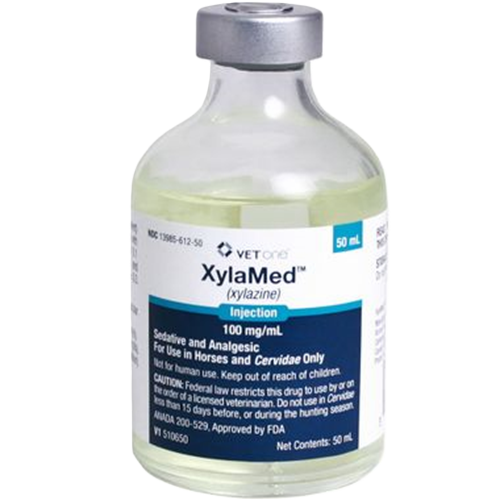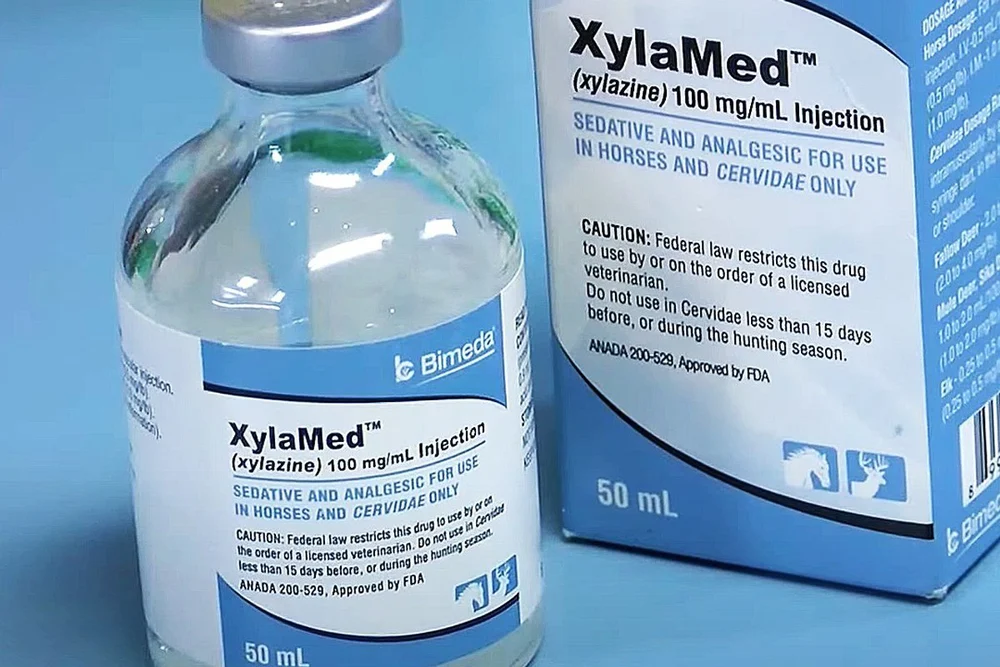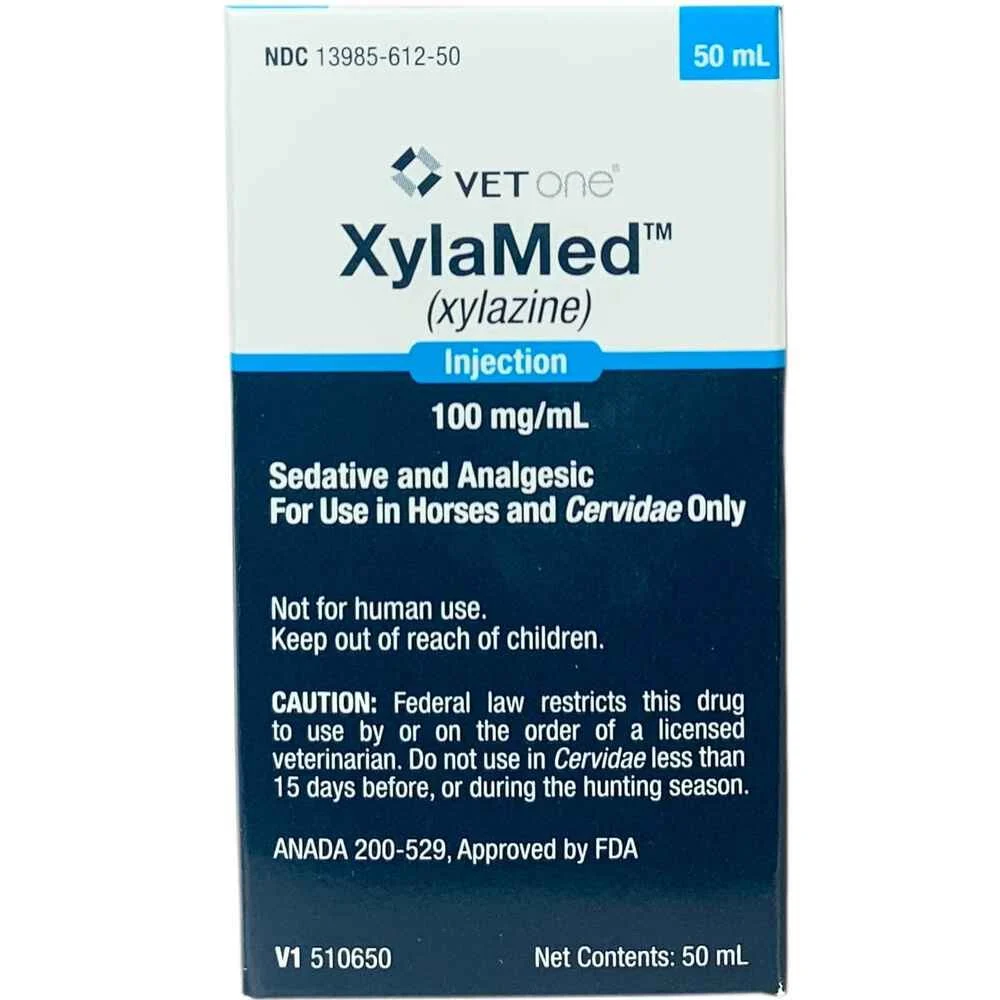Description
Applications and Usage
Xylamed Xylazine is typically used for sedation, anesthesia, and muscle relaxation. It is crucial in facilitating diagnostic procedures, minor surgeries, and handling of fractious animals, thus enhancing the safety of both animals and handlers.
Versatile Administration Routes![]()
Xylamed Xylazine is a versatile veterinary sedative that can be administered via multiple routes, providing flexibility in various clinical situations. Understanding the different administration methods—intravenous (IV), intramuscular (IM), and oral—is essential for veterinarians and animal healthcare professionals, as each route offers distinct advantages based on the specific needs of the animal and the nature of the procedure.
Intravenous (IV) Administration:
Intravenous administration of Xylamed Xylazine allows for immediate onset of action, typically within 3-5 minutes. This rapid effect makes IV administration particularly beneficial in emergency situations or for procedures that require swift sedation and analgesia. The precise dosage can also be easily adjusted in real-time, allowing veterinary professionals to tailor the sedation depth according to the animal’s response and the requirements of the procedure. IV administration is crucial for larger animals, such as horses and cattle, where rapid sedation is necessary for safe handling and treatment. Additionally, this method helps avoid the stress and discomfort associated with repeated needle sticks, which may be particularly advantageous in fractious or sensitive animals.
Intramuscular (IM) Administration:
The intramuscular route is another common administration method for Xylamed Xylazine and is often preferred due to its ease of use and convenience. Typically, sedation following IM injection occurs within 10-15 minutes, making it suitable for many routine procedures where a slightly longer onset is acceptable. This method is particularly effective for fieldwork or in situations where IV access may be challenging or impractical, such as in large animals or during outdoor veterinary practice. IM injections can be administered in various muscle groups, such as the gluteal or quadriceps muscles, providing flexibility regarding the injection site. In addition, veterinarians can often use this route for less urgent procedures, enabling them to efficiently prepare for surgeries or diagnostic tests without the need for immediate sedation.
Oral Administration:
While less common than IV or IM routes, oral administration of Xylamed Xylazine is available, offering a non-invasive option that can be particularly useful in specific situations. Although the onset of action is slower via oral administration—typically taking longer than 15 minutes—this route can be beneficial when sedation is needed for less critical procedures or when safe handling of the animal is essential. The oral route may be preferred for animals that are difficult to restrain or have experienced negative associations with needles, making it an attractive alternative for those animals requiring sedation for examinations or minor procedures. Furthermore, oral administration can be accomplished in a stress-free environment, reducing the overall anxiety of the animal, which can be a significant advantage in maintaining positive veterinarian-animal relationships.
Clinical Considerations:
When determining the most appropriate route for administering Xylamed Xylazine, several clinical factors must be taken into account. These include the urgency of the procedure, the animal’s temperament and physical condition, the veterinary setting, and the desired depth and duration of sedation. For instance, in an emergency scenario where rapid sedation is critical, IV administration is favored, while IM is often chosen for routine procedures that allow for a moderate onset of action. Oral administration, while slower, might be ideal for procedures requiring minimal restraint.
Moreover, veterinarians should also consider the dosage adjustments for different administration routes. Each method may require specific dosing strategies to achieve desired effects without causing undue sedation or adverse reactions. Thorough understanding and adherence to recommended dosages are crucial in preventing complications, ensuring the safety and efficacy of Xylamed Xylazine in veterinary practice.
The flexibility of these administration routes not only enhances the versatility of Xylamed Xylazine in different clinical scenarios but also equips veterinarians with the tools they need to provide optimal care tailored to the needs of their patients. This multifaceted approach ultimately supports better outcomes in sedation, pain management, and overall animal welfare.
Xylamed Xylazine Injection









